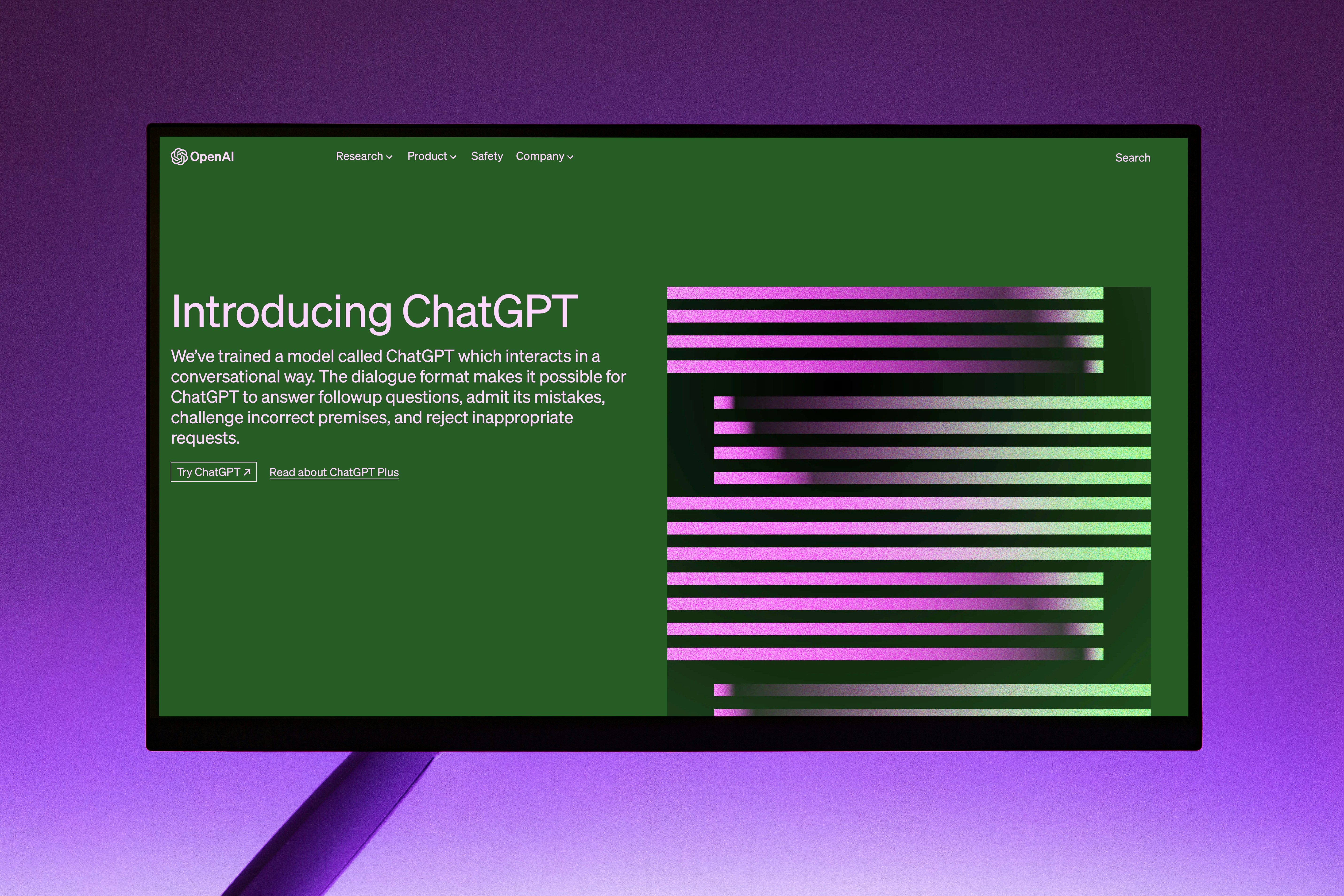
Edge Computing Recruitment Trends 2025 (UK): What Job Seekers Need To Know About Today’s Hiring Process
Summary: UK edge computing hiring has moved from tool‑lists to capability‑driven assessments that emphasise resilient edge architectures, real‑time data pipelines, secure device fleets, container/Kubernetes at the edge, on‑device/near‑edge ML, and measurable business impact (latency, reliability, cost‑to‑serve). This guide explains what’s changed, what to expect in interviews & how to prepare—especially for edge platform engineers, IoT/OT engineers, edge SREs, embedded/firmware engineers, edge AI/ML engineers, network engineers (5G/private LTE), security specialists & product managers. Who this is for: Edge platform/SRE, IoT solution architects, embedded/firmware developers, edge AI/ML engineers, network engineers (5G/SD‑WAN), security engineers (OT/ICS), data/streaming engineers, site deployment/field engineers & edge product managers targeting roles in the UK.











